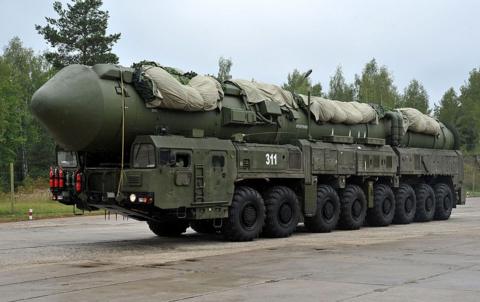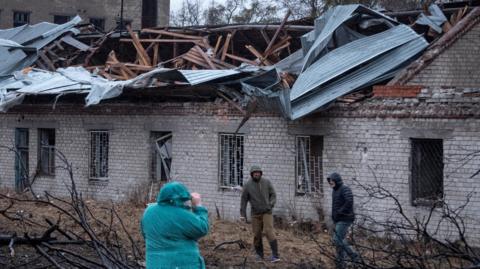If Putin's description is correct, the missile is at the upper edge of the definition of hypersonic, and few things can achieve this.
Speed is important because the faster a missile travels, the quicker it gets to target. The quicker it gets to target, the less time a defending military has to react.
A ballistic missile generally gets to target by following an arcing path up into the atmosphere and a similar one down towards its destination.
But as it descends, it picks up speed and gains kinetic energy, and more kinetic energy gives it more options. This allows it to manoeuvre down towards the target - by performing some kind of defending wriggle - that makes interception by surface-to-air missile systems (such as Ukraine's US-built Patriot defence missile system) particularly difficult.
This is not new for militaries that have to defend against such threats of course, but the greater the speed, the harder it becomes.
That is why Putin has likely placed emphasis on its speed in announcing this new type of missile.
Some 80% of the missiles fired by Russia have been intercepted by Ukraine, an extraordinary figure. But these faster speeds of ballistic missiles are intended to try to bring that percentage down.

